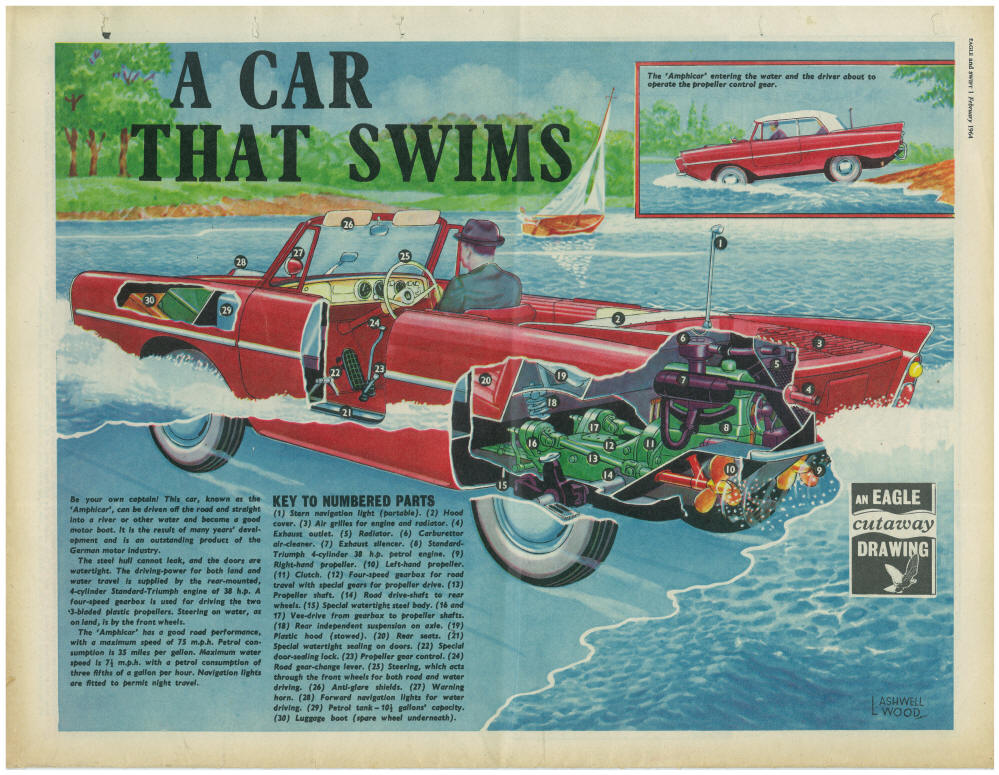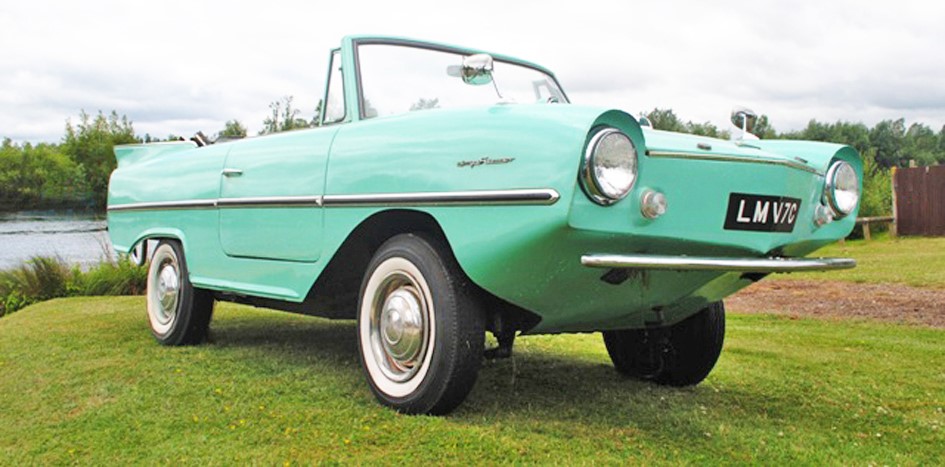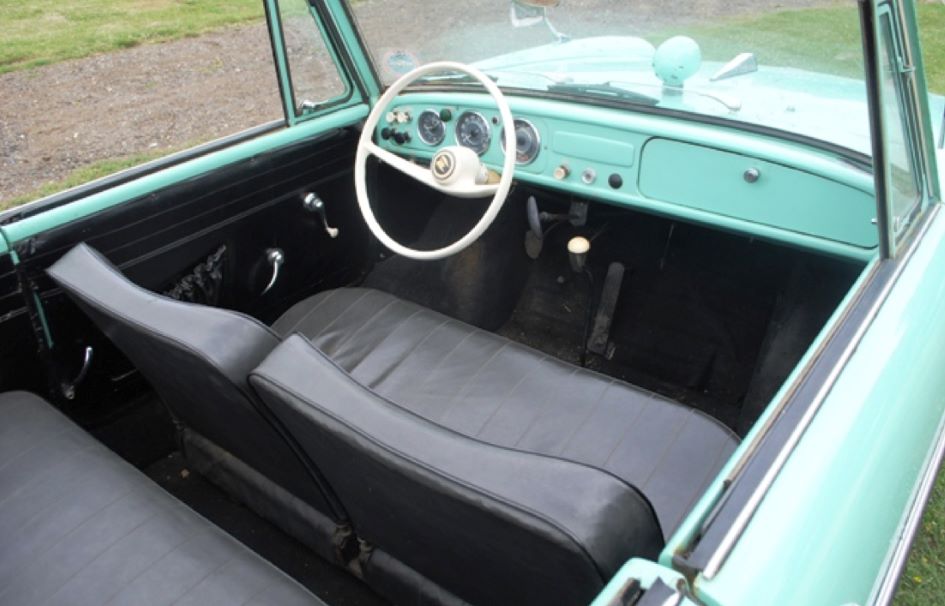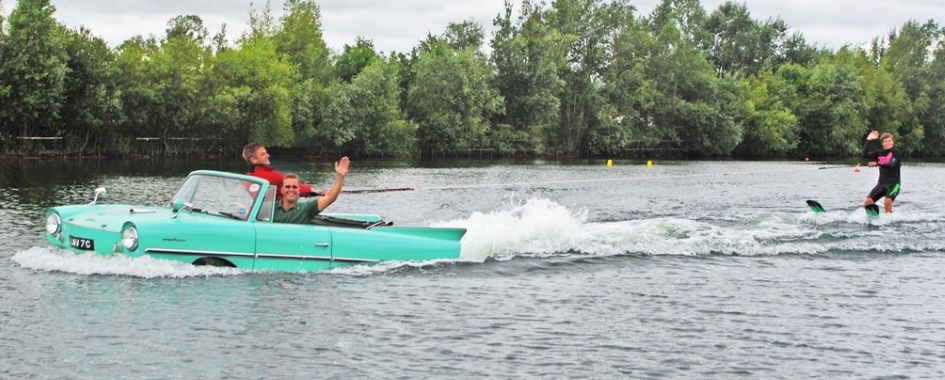
The Amphicar was a unique vehicle produced in the 1960s that combined elements of both a car and a boat, making it one of the few amphibious cars available to the public. The Amphicar was produced from 1961 to 1968. It was designed in West Germany by Hans Trippel and manufactured by the Quandt Group.
The Amphicar looked much like a small, 1960s European car with a convertible top, but with additional features that allowed it to operate on water.
It was powered by a Triumph Herald 1147cc engine, producing around 43 horsepower. The car could reach speeds of up to 70 mph (113 km/h) on the road. On water, the Amphicar could achieve a speed of around 7 mph (11 km/h). It used a pair of propellers located under the rear bumper for propulsion in water.
To transition from land to water, the driver would have to engage the propellers and ensure that the doors were sealed properly to prevent water ingress. The car had a specially designed hull and sealing system to keep water out.
It was marketed as the “car that swims” and could be driven directly into a body of water, making it a novelty and a collector’s item today. Although innovative, the Amphicar was not a commercial success, with only about 3,878 units produced during its production run. However, it has since gained a cult following among car enthusiasts and collectors. The Amphicar remains one of the most iconic examples of an amphibious vehicle, symbolizing an era of automotive innovation and quirky designs.



Chassis/body
| Overall length | 14.250 ft (4.343 m) |
| Overall width | 5.083 ft (1.549 m) |
| Height | 5.000 ft (1.524 m) |
| Turning circle | 36.833 ft (9.398 m) |
| Wheelbase | 7.000 ft (2.134 m) |
| Front track | 4.000 ft (1.219 m) |
| Rear track | 4.083 ft (1.245 m) |
| Fuel tank capacity | 10.5 imperial gallons (13.125 U.S. gallons; 49.7 litres) |
| Empty weight | 2,315 lb (1050 kg) (includes fuel and oil) |



You must be logged in to post a comment.